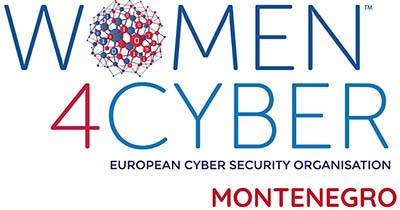By mr Anđela Simonović
Considering the huge amount of information that is available on the Internet, it is necessary to research and continuously develop certain skills for their verification and management. The promotion of these competencies is particularly important from the aspect of research, elucidation and discovery, but also the prevention of serious crimes that use cyberspace as a counterpart. This, first of all, refers to child pornography, abuse of copyright, trafficking in people, arms, sale and distribution of narcotics, planning and carrying out terrorist activities, etc.
In order to “surf” the Internet and search for information, most people use standard browsers such as Google, Mozilla, Internet explorer, Lycos, Altavista, etc. Every Internet browser works on the same principle and has similar features, but again has its own specifics that distinguish it from other browsers. The Internet browser allows surfing the Internet quickly and easily by entering keywords in the search field. As a result of the process, a greater number of sites appear on which the mentioned term is mentioned or indexed.
However, there are certain parts of the Internet that cannot be reached through standard Internet browsers such as Google because they are not indexed, and are known as the Deep Web and the Dark Web. Although many people think that these are the same categories, they are different levels of Internet browsing. It can be said that the Dark web is actually a subcategory of the Deep web.
Many authors who deal with this problem describe the Internet in a similar way as Freud did, representing the conscious, unconscious and subconscious part of the human psyche in the form of one big iceberg. In this case, the tip of the iceberg that is above the water represents Internet information that is indexed by standard web browsers such as Google, while the entire part below the water represents the Deep Web, the darkest part of which is the Dark Web. In essence, the Deep Web does not necessarily contain only information related to criminal activity, but simply an abundance of content that is hidden, and access to this information is conditionally possible with a subscription. Every page we access that requires us to log in and register, subscribe to the site – is part of the Deep Web. It is interesting to say that for almost every page available on a website, there is another one on the Deep Web.
In this sense, ethical behavior is highly debatable when it comes to distinguishing the concealment of information on the Deep Web for security reasons and concealment for the purpose of carrying out certain criminal activities. The Dark Web contains a specific collection of sites that belong to an encrypted network and cannot be found by standard search engines. It is this encryption that enables covert communication for criminals, and it is very difficult to trace, which makes it easier for them to carry out illegal activities. It is possible to access the Dark Web through a special browser called Tor or I2P (Invisible Internet Project) because they enable the user to remain anonymous while surfing the Internet, that is, to hide the unique IP address that every computer has and on the basis of which it is possible to determine the location of the user search. These softwares work by “masking” their users’ IP addresses and assigning them a false location.
Some criminals use cyberspace to commit crimes without necessarily belonging to the Dark Web, such as the case of torrent abuse when it comes to distributing child pornography. Torrent files are exchanged with the help of Peer-to-peer protocol (P2P), which implies an exchange between users, just as the Skype application would do. In this way, permitted material such as movies and books, as well as video calls, are exchanged. The exchanged content does not remain on the server, but only its index, while the content is downloaded directly from the criminal’s computer. The way in which pedophiles index child pornography on the Internet is such that many users do not know what exactly it hides, and neither do the owners of the Internet sites where these indexes are located. Considering the increasingly intense progress of technology, more and more crimes are committed in cyberspace, which is why continuous education of the security services is needed in order to achieve adequate competences that would enable confrontation, but also the detection and elucidation of these crimes.












